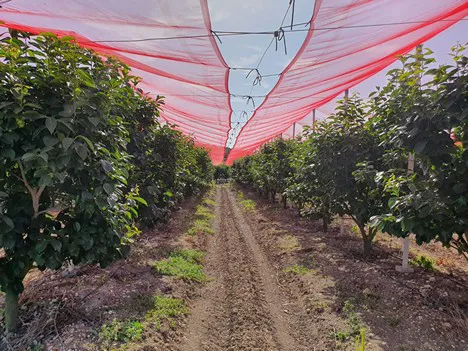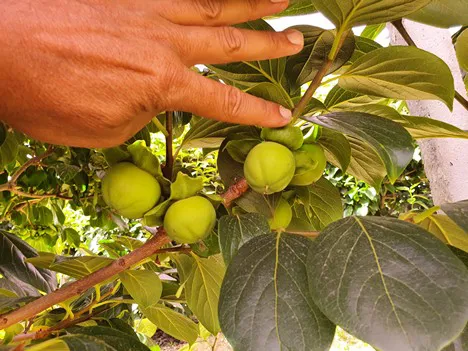"In recent years, a lot of progress has been made for the kaki cultivar. We have adopted new agronomic techniques that have allowed us to obtain a higher quality, more plants per hectare and a larger size of fruit", explained the agronomist Vito Vitelli, also adding that "we started by managing the foliage, with a system called Mataix, which is a green pruning, usually carried out at the end of summer, based not on the complete suppression of the branches, but on the shortening of the branches."

"In this way, aside from keeping the plant compact and adjusted, the planting density is increased from 400 to 600 plants/hectare (we are also introducing systems of up to 1000 plants/hectare) and the size of the fruit can be up to 400 grams, with more limited quantities per plant, but with yields per hectare that exceed 35 tons."
" We cannot manage plants 4-5 metres high, both for harvesting difficulties and because of the frequency of adverse weather events. Many producers are using innovative roofing systems. We have also done a lot of work on the irrigation system, with the aim of distributing and optimizing the water and thus limiting the vegetative growth."

"Nutrition techniques based on nitrogenous substances to stimulate vegetative development and size have also improved. Other fundamental elements are potassium, useful in case of temperature changes and soil moisture, and calcium, useful for increasing the crunchiness and consistency of the fruit," concluded Vitelli.
